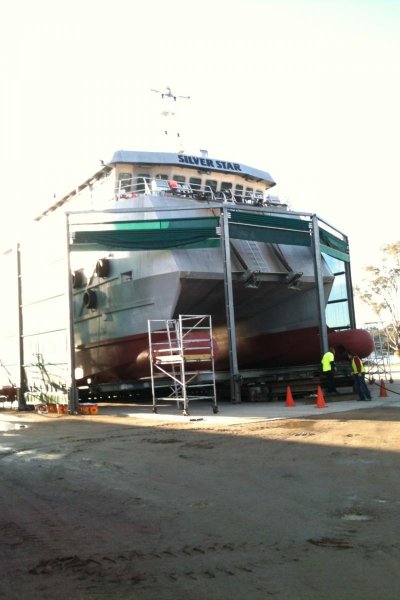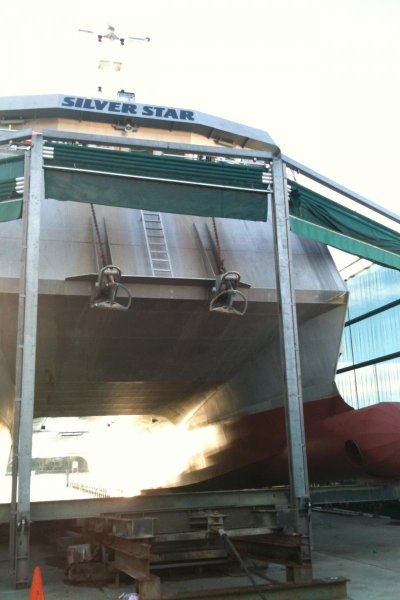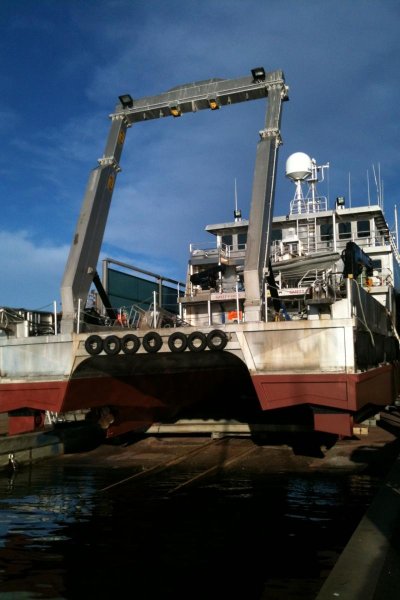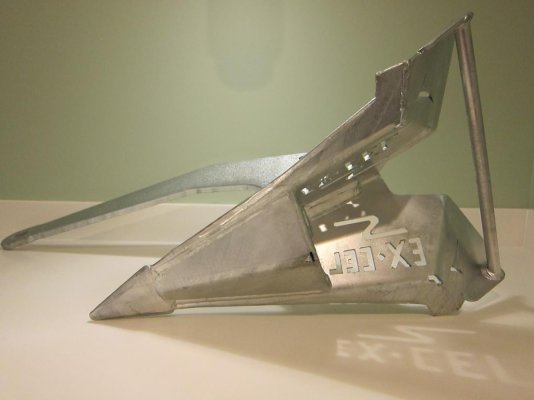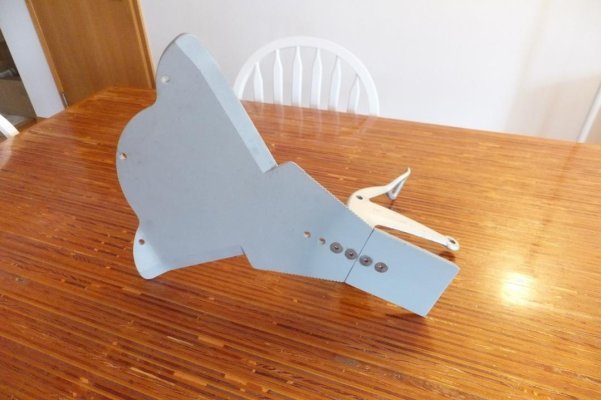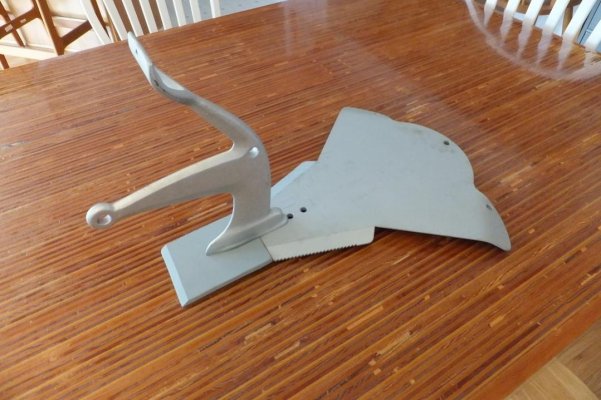JanisK
Veteran Member
- Joined
- Aug 8, 2011
- Messages
- 88
- Location
- Australia
- Vessel Name
- NightinGayle
- Vessel Make
- Tradewinds 42
Rex
Thanks for your quick response. As always a pleasure to deal with!
And as I said earlier I love my Super Sarca. Hopefully we can get you a few more referrals.
I must also say I was most impressed when I was at the Paynesville Slip getting Gemma repainted and rechristened NighinGayle when I saw this thumping great trawler getting some anti-fouling with two Super Sarcas forward and two aft.
Cheers
Janis
Thanks for your quick response. As always a pleasure to deal with!
And as I said earlier I love my Super Sarca. Hopefully we can get you a few more referrals.
I must also say I was most impressed when I was at the Paynesville Slip getting Gemma repainted and rechristened NighinGayle when I saw this thumping great trawler getting some anti-fouling with two Super Sarcas forward and two aft.
Cheers
Janis

